Objets Trouvés: Brazilian Exotica at the Amon Carter Museum in* Fort Worth
BY Patricia Mora // 07.10.15
Martin Johnson Heade's "Two Hummingbirds Above a White Orchid," oil on canvas, ca. 1875–1890, Amon Carter Museum of American Art, Fort Worth.
Martin J. Heade does something quite original with landscape painting. He provides a counterpoint to the more monumental works of other American painters, such as Frederick Church or Thomas Cole. Their landscapes are more predictably majestic — but Heade will just as readily startle you, albeit in a wholly different way.
Instead of the craggy peaks and ice floes, Heade draws you into a smaller world with his oil on canvas. In fact, he sometimes limns highly exotic configurations of things seemingly dredged from the deepest reaches of an unsettled psyche. Full-blown orchids are paired with hummingbirds; Amazonian jungles are depicted with primordial palm trees and draping moss. This is not the look of a landscape that would later be captured photographically by artists such as Ansel Adams. There’s subterfuge in Heade. Something seethes beneath his images that we sense immediately but have difficulty naming.
One might be tempted to think that he’s simply showing us a bit of exotica, a world that’s marvelous because it’s so rare. An open flower might be easily construed as an erotic openness or even a soul ready to receive a reciprocal love, a grace, a filial gesture. Bluntly, orchids are the singular plant most obviously exhibiting an almost liquid excitation. However, they’re also ragged. Their leaves are rarely perfect — and, in fact, they are exquisite precisely because they remind us of transient loveliness.
This is what Heade shows us in his painting, Two Hummingbirds Above a White Orchid, on view at the Amon Carter Museum of American Art. The leaves are already evoking the inevitable death of this spectacular Brazilian specimen, a lealia pupurata. Also, this is no sunny jungle, no place of tourism or lyric vacation. If it’s inviting, it’s dreamily so — perhaps vaguely somnambulistic. Nonetheless, Heade’s painting will work on you; it will lull you into meandering into its subtle and paradoxical world where instinctual life and inevitable death readily mingle.
I suspect what one takes from Heade’s painting is an understanding of this oddly paradoxical brand of beauty. As an aside, it reminds us that at some point in time the whole world will collapse, like Venice, in a gorgeous and sunken repose. Thus, Heade recedes into the deepest center of things, the intractable world to which we must submit. Two Hummingbirds Above a White Orchid opens a path by which we enter the mysterious things of life. And, amazingly, Heade reminds us that our gait should graceful rather than grudging.


















_md.jpeg)




